Few things are more American than fastfood. The spices and grease of KFC, the thick cheesy crusts at Pizza Hut, thevague aura of sadness surrounding any McDonald's – these are quintessentialparts of the middle-class American experience. Even China hasn't withstood theunhealthy lure of Western fast food. When the first KFC opened in 1987 Beijing, few would have guessed that in 20 years, it wouldbe the numberone foreign restaurant brand in all of China.
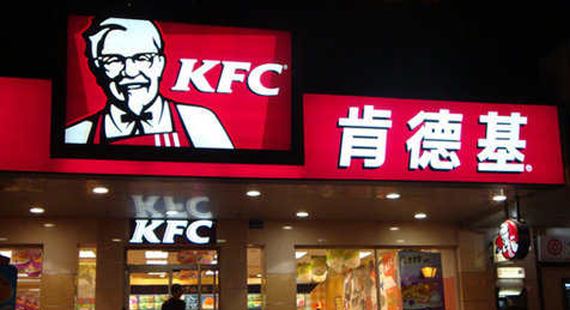
Analysts have writtenbooks detailing the secrets to KFC's success in China. Any company's success is theresult of many factors, but one factor analysts often cite is that that theyweren't afraid to experiment with "Kentuckychicken with Chinese characteristics". While certain menu items are expected ofall American fast food (fries, soda) KFCs in China also served fast foodversions of more traditional Chinese food.
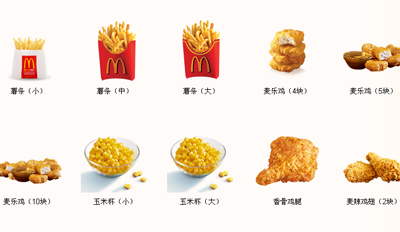
Another huge component was associating thebrand more with luxury and indulgence, rather than "desperate, pathetic 1AMchicken cravings," as it's thought of in the United States. Although this modelwas primarily implemented in the early days of KFC, it helped justifythe costs of importing products from overseas to guarantee the quality. Today,Pizza Hut and Haagen Dazs in Chinahave capitalized on the success of "brand Western food as luxurious" to thepoint where eating in these restaurants is a kind of status symbol. Pizza Hutserves bacon and smoked salmon pizza, while Haagan Dazs offers delicate morselsof ice cream served in beautiful, gold parlors.
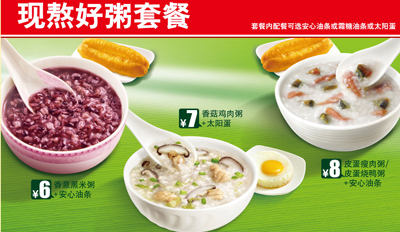
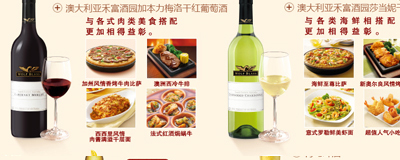
Still other restaurants maintain theirbrand identity and staples the world over. The McDonald's Chinese menuresembles its American menus so closely that the only minor changes they makemay come across as amusing to the uninformed.
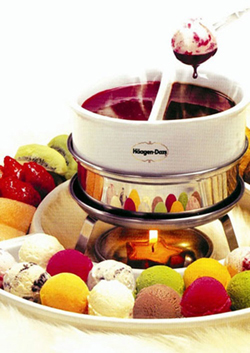
Without a doubt, Western fast food in Chinais here to stay, but which brands thrive and which fail will largely be becauseof market research and advertising. KFC, at the very least, has pulledahead of the crowd to earn its place in the hearts and stomachs of Chinese.











